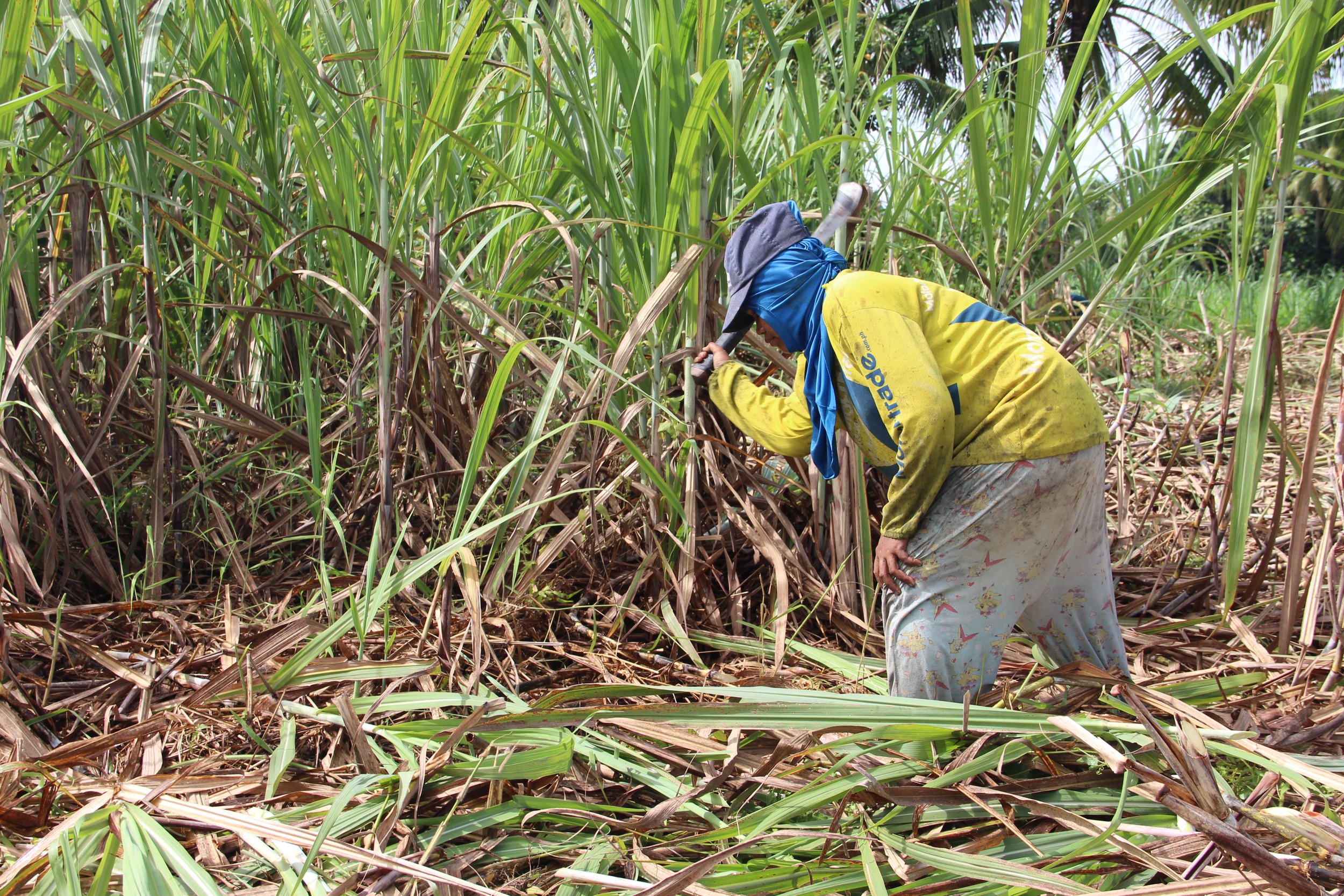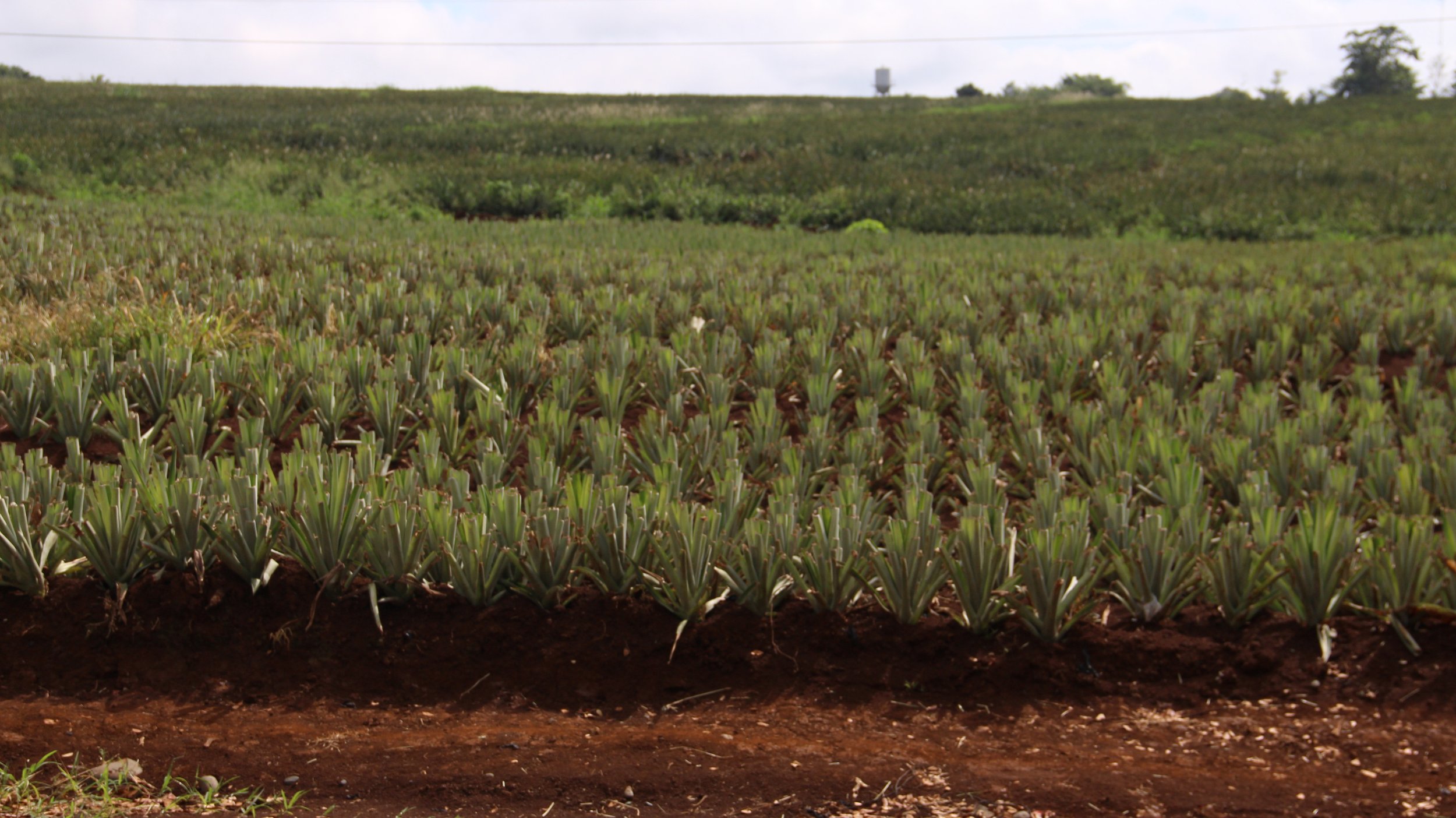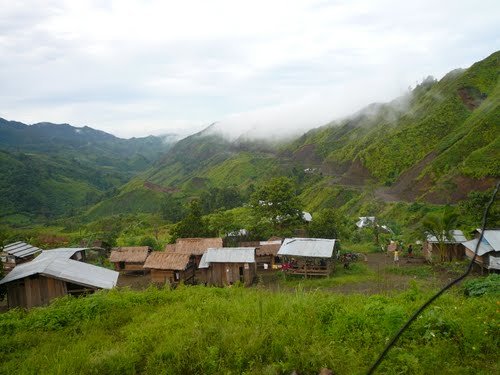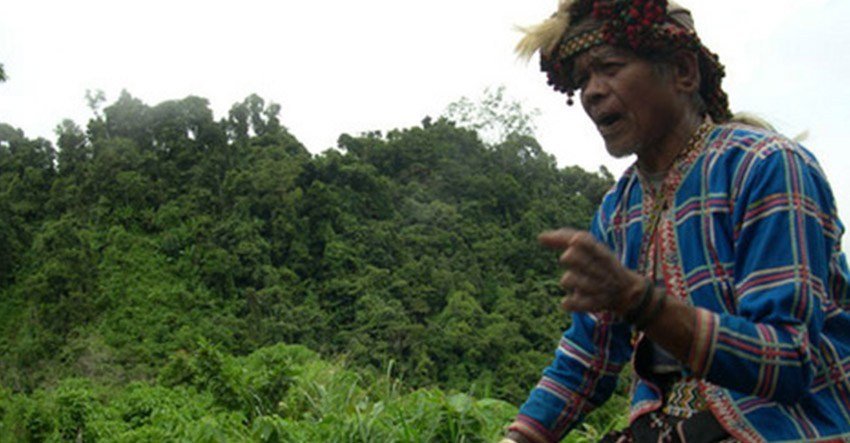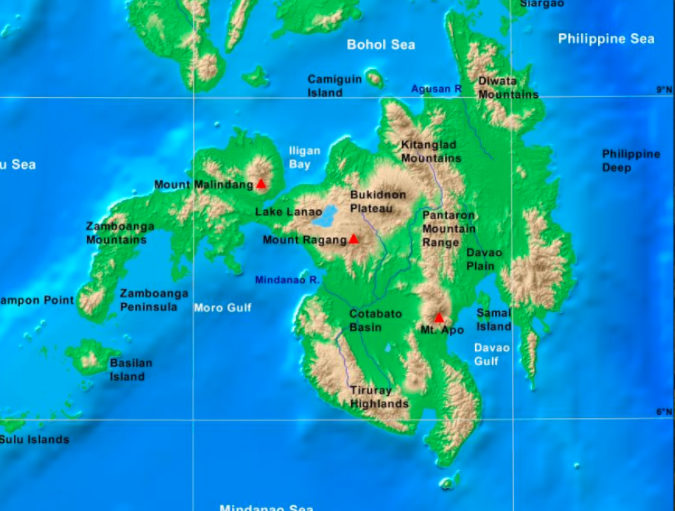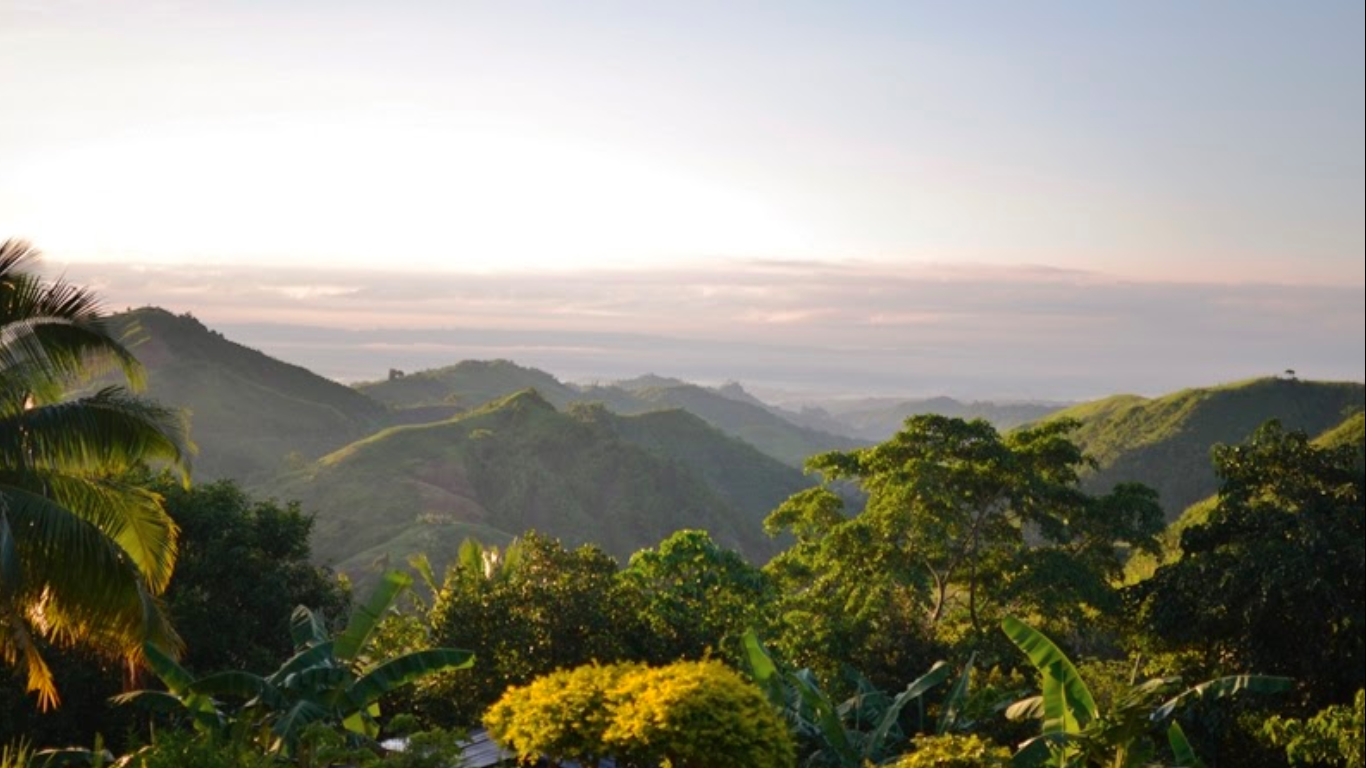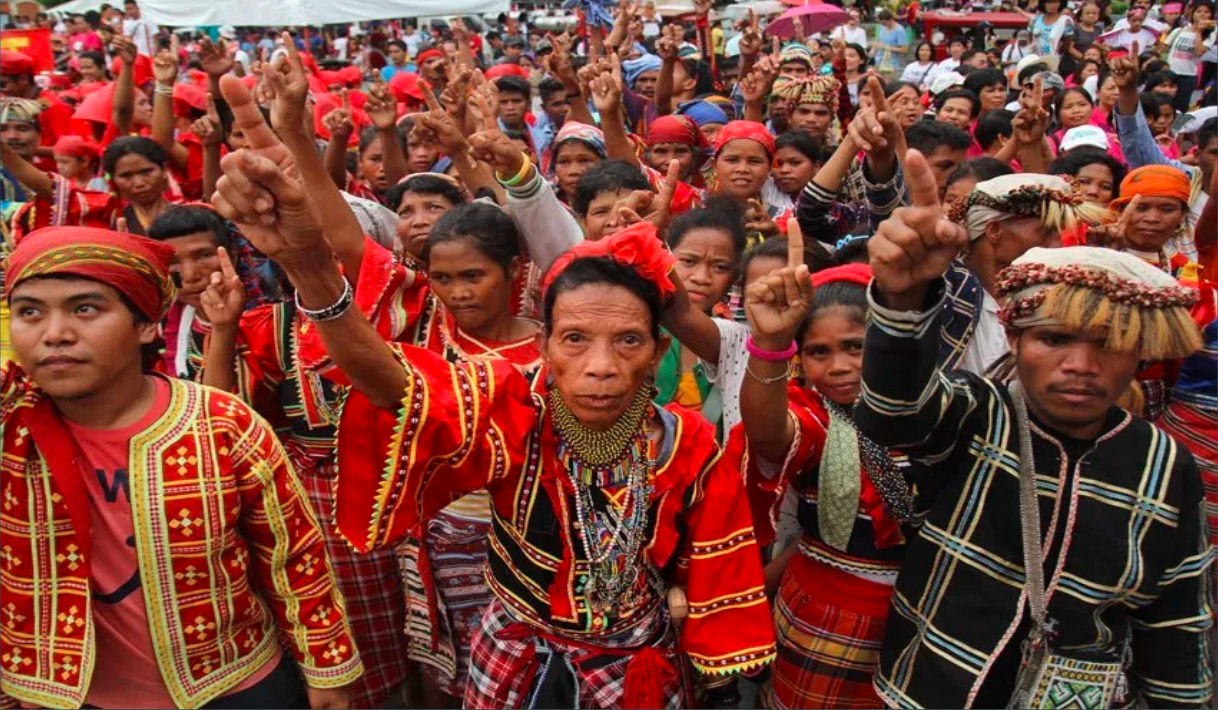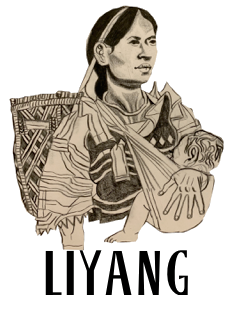MINDANAO
Liyang Network’s work focuses on communities in Mindanao, the southernmost island of the Philippines. Mindanao, known as the “ breadbasket basket of the Philippines” for its rich natural resources and profound biodiversity, is the second largest island group in the Philippine archipelago. Despite its abundance of arable land and capacity for food production (producing 40% of the country’s food needs as of 2017), Mindanao contains 4 of the top 5 poorest regions, and 11 of the top 20 poorest provinces in the country, with high incidences of poverty in rural and agricultural areas. In Indigenous and agriculturally-based communities, wealth disparities are exacerbated by extremely limited access to basic social services such as healthcare and education.
In addition to coveted fertile lands, it is estimated that there are $840 billion USD of untapped mineral resources in the region, making Mindanao a longstanding site of conflict between a majority of the population whose health and livelihoods depend on the land, and aggressive multinational mining, logging and agribusiness corporations.
Heightened militarization in resource-rich areas of Mindanao, as well as expanded legislation that criminalizes forms of free speech, have impacted environmental and human rights defenders in Mindanao. Global Witness reported the Philippines as the second deadliest country for environmental activists in 2019 with 90% of murders of land and environmental activists occurring in Mindanao and Negros, another resource-rich island in the Visaya region. Yet, in spite of increased militarization, COVID-19 pandemic, and climate disasters in the region, people continue to pursue the defense of human rights, land, and the environment in Mindanao.
Our work focuses primarily on three sectors of the population in Mindanao: Lumad communities, peasants, and agri-workers.


